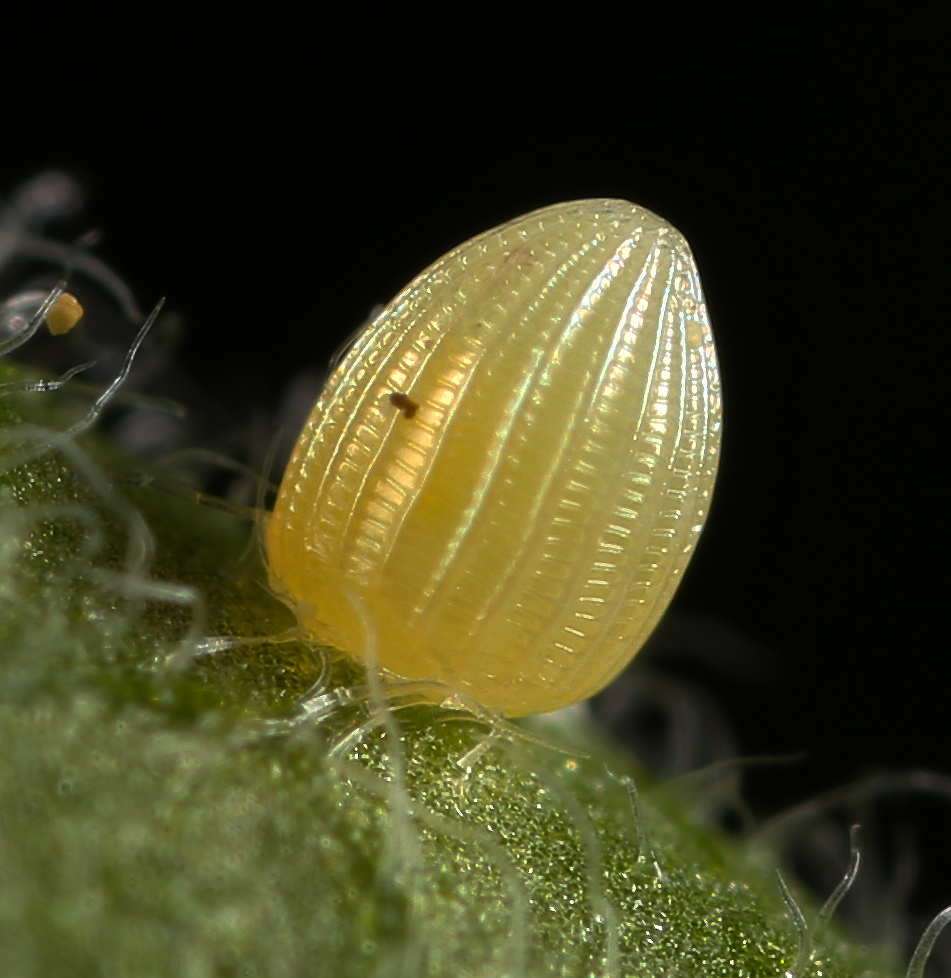Monarch Butterfly Eggs: A Comprehensive Guide To Their Lifecycle And Importance
Monarch butterfly eggs are the first stage in the fascinating lifecycle of one of nature's most iconic insects. Understanding these eggs is crucial not only for butterfly enthusiasts but also for those interested in conservation efforts. This article will delve deeply into the lifecycle of monarch butterflies, the significance of their eggs, and the steps we can take to protect these remarkable creatures.
The monarch butterfly, known for its stunning orange and black wings, undergoes a remarkable transformation from egg to larva, then to pupa, and finally to the adult butterfly. Each of these stages is essential for the survival of the species, but it all begins with the eggs. In this guide, we will explore the characteristics of monarch butterfly eggs, their development, and the factors that impact their survival.
As we journey through the life of a monarch butterfly, we will discuss the best practices for raising them, the importance of milkweed as a host plant, and how to create a suitable environment for these beautiful insects. Whether you are a gardener, a teacher, or simply a nature lover, learning about monarch butterfly eggs and their lifecycle can inspire us to take action in preserving these incredible insects for future generations.
Table of Contents
- Introduction
- Monarch Butterfly Life Cycle
- Characteristics of Monarch Butterfly Eggs
- Development of Monarch Butterfly Eggs
- Impact of Environment on Egg Survival
- Importance of Milkweed
- Conservation Efforts
- Conclusion
Monarch Butterfly Life Cycle
The life cycle of the monarch butterfly consists of four distinct stages:
- Egg: Lasting about 3-10 days, the tiny eggs are laid on the underside of milkweed leaves.
- Lava (Caterpillar): After hatching, the caterpillar feeds on milkweed, growing rapidly over 10-14 days.
- Pupa (Chrysalis): The caterpillar transforms into a chrysalis, where it undergoes metamorphosis for 10 days or more.
- Adult Butterfly: The fully formed butterfly emerges, ready to mate and continue the cycle.
Characteristics of Monarch Butterfly Eggs
Monarch butterfly eggs are small, approximately 1 millimeter in diameter, and are typically laid in clusters of 20 to 30 on the underside of milkweed leaves. The eggs are oval in shape and have a creamy white color that turns darker as they mature. Here are some key characteristics:
- Size: About 1 millimeter in diameter.
- Shape: Oval.
- Color: Initially creamy white, darkening as development progresses.
- Location: Laid on milkweed plants, which serve as the primary food source for the caterpillars.
Development of Monarch Butterfly Eggs
After being laid, monarch butterfly eggs take about 3 to 10 days to hatch, depending on environmental factors such as temperature and humidity. The eggs will progress through several stages before the caterpillar emerges:
- Incubation: The eggs remain on the milkweed leaf, where they receive warmth from the sun.
- Hatching: Tiny caterpillars break free from the eggs and begin consuming the host plant.
Impact of Environment on Egg Survival
The survival rate of monarch butterfly eggs is significantly affected by environmental conditions. Factors such as temperature, humidity, and predator presence can all impact the eggs. Here are some critical considerations:
- Temperature: Extreme temperatures can hinder egg development.
- Humidity: Adequate moisture is necessary for healthy eggs.
- Predators: Birds and other insects can prey on the eggs, reducing survival rates.
Importance of Milkweed
Milkweed is the sole host plant for monarch butterflies and is essential for their lifecycle. Without milkweed, monarchs cannot lay their eggs, and caterpillars cannot thrive. Here are some reasons why milkweed is crucial:
- Provides food for caterpillars.
- Offers a safe place for female monarchs to lay their eggs.
- Serves as a habitat for other pollinators.
Conservation Efforts
As monarch butterfly populations decline, various conservation efforts are underway to protect their habitats and promote their survival. Here are some key initiatives:
- Planting native milkweed species in gardens and parks.
- Creating butterfly-friendly habitats that support all stages of the monarch lifecycle.
- Educating the public about the importance of butterflies in ecosystems.
Conclusion
Understanding monarch butterfly eggs and their lifecycle is vital for anyone interested in the conservation of this remarkable species. By recognizing the importance of milkweed and the environmental factors that influence the survival of monarch eggs, we can take action to protect these beautiful creatures. Whether you choose to plant milkweed in your garden or participate in local conservation efforts, every action counts in preserving the monarch butterfly for future generations.
We encourage you to leave a comment below, share this article with friends, or explore other informative content on our site. Together, we can make a difference in the world of butterflies!
Thank you for visiting, and we hope to see you again soon!
Jumping Kid Exercise Clipart: A Fun Way To Promote Active Lifestyles
Elle Macpherson Young: A Journey Through The Early Years Of A Supermodel Icon
Ultimate Guide To White Background Images: Enhance Your Visual Content

All of Nature Monarch Butterfly Egg Hatching

monarch butterfly eggs photo Biological Science Picture Directory

Monarch butterfly eggs hires stock photography and images Alamy